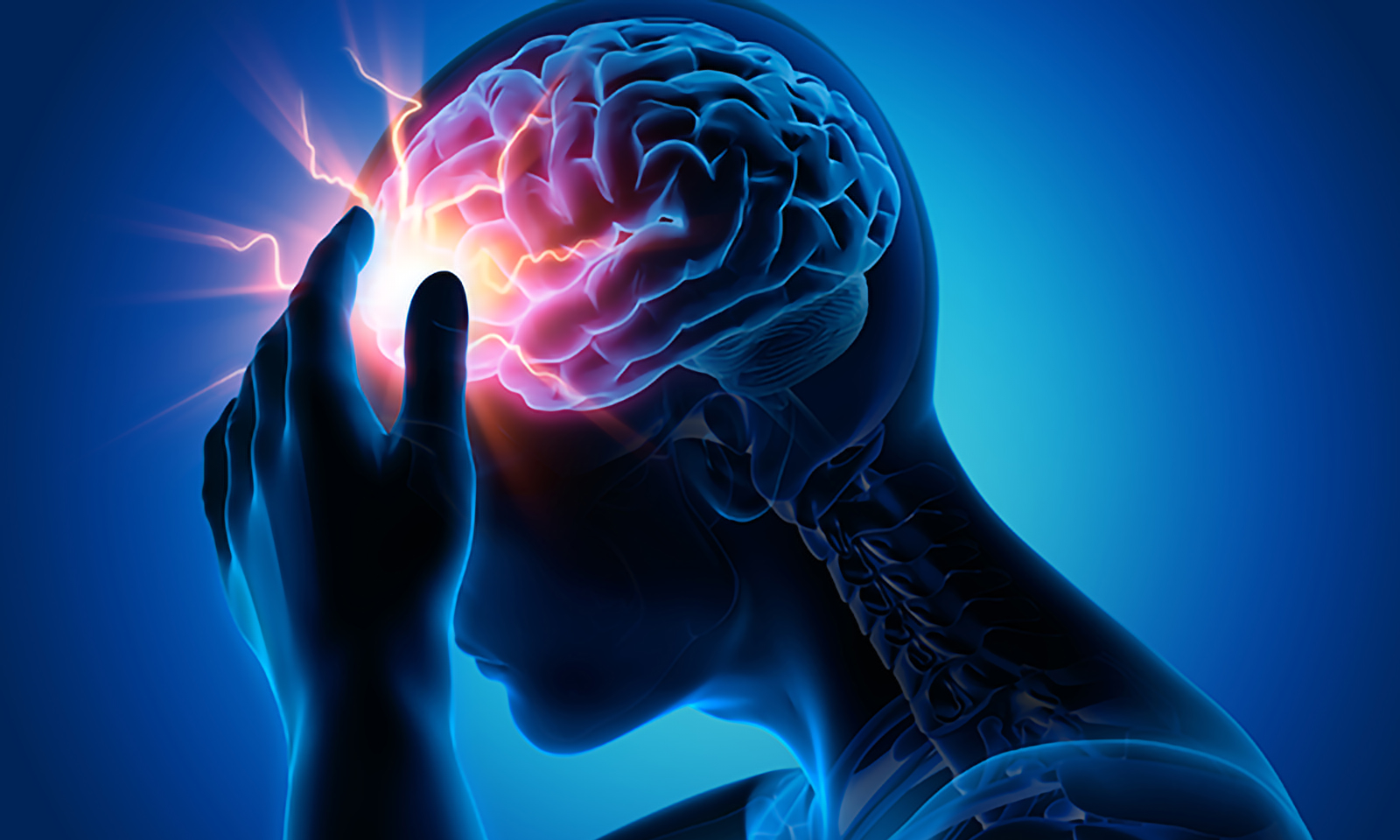Understanding the Basics of Concussion
A concussion is a type of traumatic brain injury (TBI) that alters the way your brain functions. It’s caused by a blow or jolt to the head or body that makes the brain move rapidly back and forth, hitting the inner walls of the skull. This sudden movement can cause the brain to bounce around or twist in the skull, creating chemical changes in the brain and sometimes stretching and damaging brain cells.
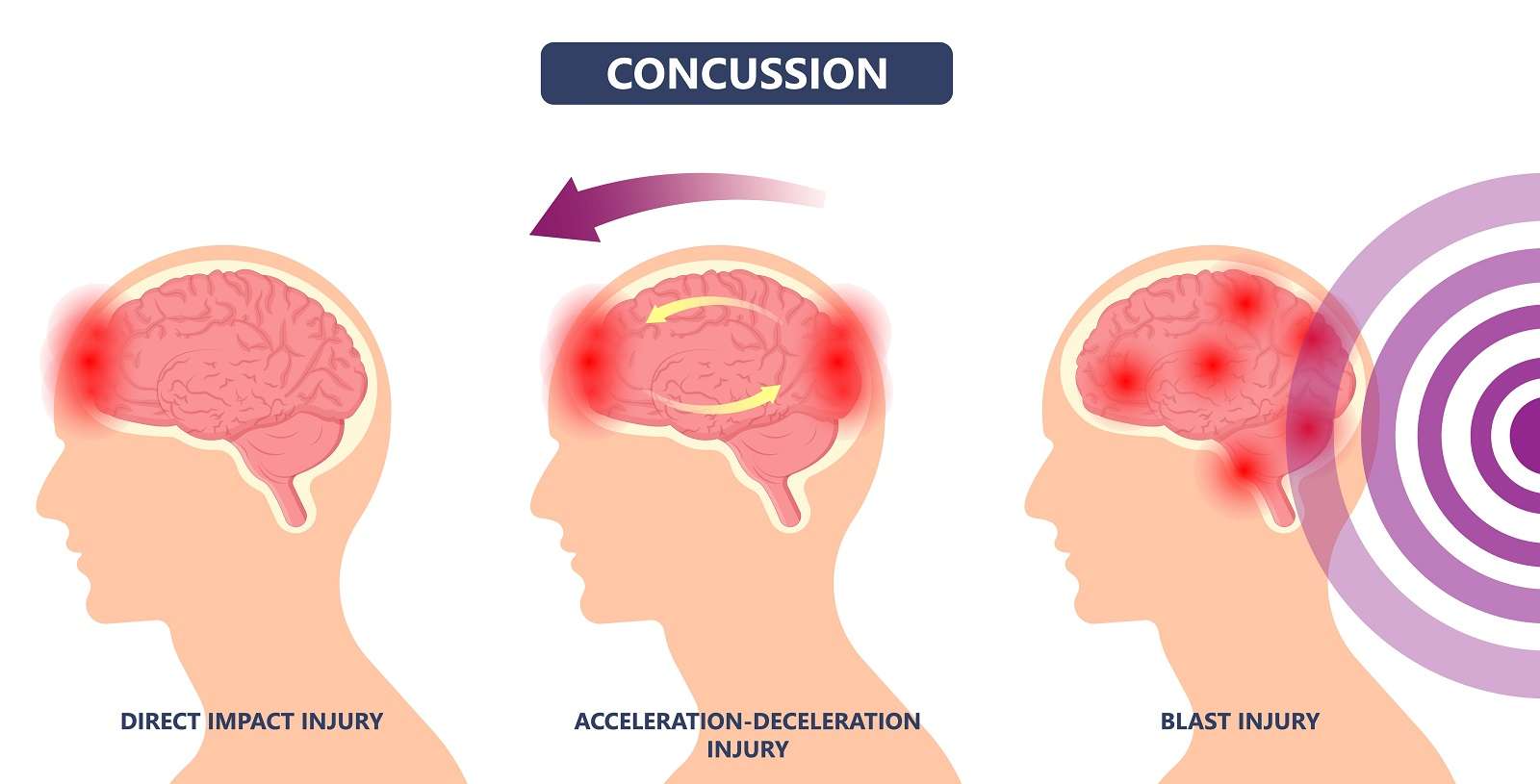
Common Causes of Concussion
Concussions are often caused by falls, car accidents, and sports injuries. High-risk activities include football, hockey, soccer, and boxing. However, a concussion can occur from any impact or blow to the head. Therefore, wearing appropriate protective gear and following safety rules can help prevent concussions.
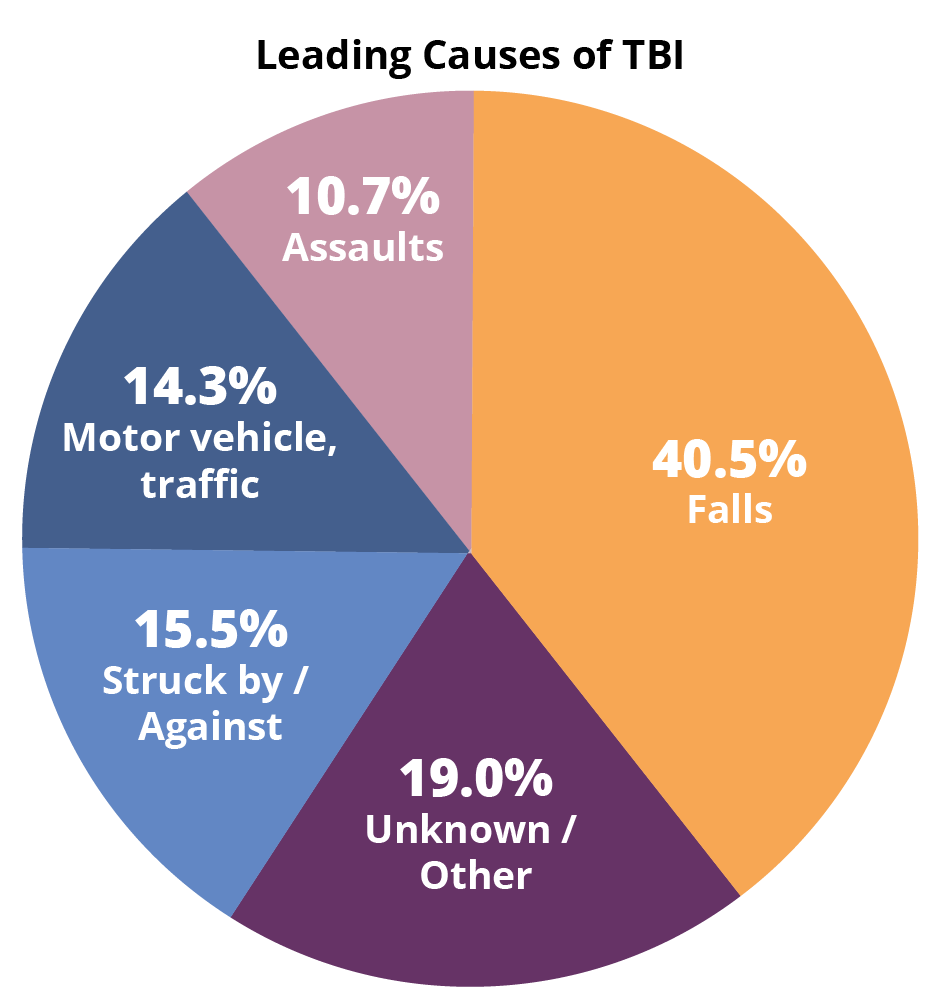
Understanding the Impact of Concussion on the Brain
A concussion, one of the most common types of traumatic brain injury, occurs due to a strong blow or jolt to the head. This sudden movement can cause the brain to bounce or twist within the skull, resulting in chemical changes in the brain and potentially damaging brain cells.

Areas of the Brain Affected by Concussion
Concussions can affect various parts of the brain, but the frontal and temporal lobes, responsible for cognition and memory, are most vulnerable. The corpus callosum, the brain’s communication bridge, can also sustain damage, disrupting the brain’s communication capabilities.
Healing After a Concussion
Healing after a concussion is a complex process and varies significantly from person to person. Rest is critical, allowing the brain to recover and restore its chemical balance. Cognitive and physical therapy may also be beneficial. Neuroplasticity, the brain’s ability to reorganize itself by forming new neural connections, plays a crucial role in recovery.
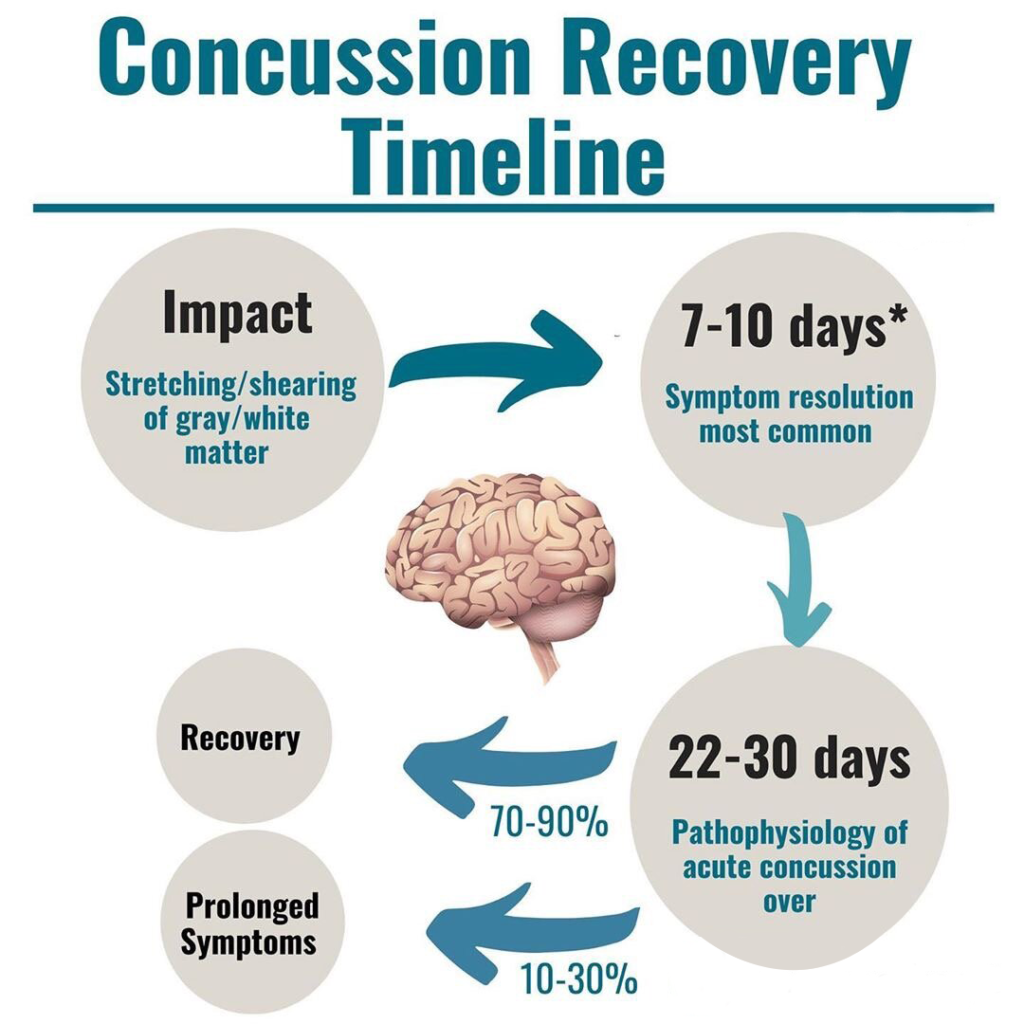
Signs and Symptoms of Concussion
A concussion, a type of traumatic brain injury, often results from a blow to the head. Recognizing the signs is crucial to ensure timely medical intervention. Symptoms can vary in severity and duration, ranging from subtle to severe.
- Physical Symptoms: Frequent signs include headaches, dizziness, nausea, and sensitivity to light or noise. Some people may also experience balance issues or blurred vision.
- Cognitive and Emotional Symptoms: Concussions can also impact your cognitive functions and emotions. Individuals may feel “foggy,” have difficulty concentrating, or experience memory problems. Mood changes, irritability, and depression are also common.
Remember, symptoms may not appear immediately and can develop hours or even days after the injury. If you suspect a concussion, seek medical attention promptly.
Understanding these symptoms can help identify a concussion quickly, facilitating early treatment and potentially reducing long-term effects. To learn more, visit the Centers for Disease Control and Prevention.
Diagnosing a Concussion: Medical Assessments
Recognizing the symptoms of a concussion is critical, but definitive diagnosis comes through medical assessments. These can include a physical examination, a review of the patient’s medical history, and specific tests to check for cognitive and neurological issues. Symptoms such as confusion, headaches, and dizziness are often indicative of a concussion, but they can also signify other conditions, making proper medical evaluation essential.
Imaging Tests: CT Scans and MRIs

When a concussion is suspected, doctors may resort to imaging tests such as CT (Computed Tomography) scans or MRIs (Magnetic Resonance Imaging). These tests provide images of the brain that can help identify any potential damage or bleeding.
The Role of Neuropsychological Testing
Neuropsychological testing is a valuable tool in assessing the impact of a concussion on a patient’s cognitive functioning. These assessments, often administered by a neuropsychologist, evaluate memory, attention, problem-solving, and language abilities. They offer important insights into how the brain is functioning post-injury and can guide the recovery process.
Understanding these diagnostic tools is key to recognizing and treating concussions effectively.
Initial Treatment Approaches for Concussion
The initial treatment of a concussion is straightforward: rest. Patients are advised to take a break from physical activities that may exacerbate their symptoms and make a full recovery difficult. This includes sports, heavy lifting, and other strenuous tasks. For cognitive rest, limiting exposure to screens and avoiding mentally challenging tasks is also recommended. Mayo Clinic provides an in-depth guide on this.
Specific Treatments for Concussion Symptoms
Medications are often prescribed to manage specific concussion symptoms. For instance, headaches can be treated with pain relievers, while balance issues might require vestibular therapy. The Centers for Disease Control and Prevention (CDC) provides detailed information on this.
The Role of Rehabilitation in Concussion Recovery
Rehabilitation plays a central role in concussion recovery. Physical therapy can help patients regain strength and balance, while occupational therapy can assist in restoring daily living skills. The National Institute of Neurological Disorders and Stroke has more on this.
Long-Term Effects of Concussion
Concussions, despite being considered a “mild” form of traumatic brain injury, can have serious long-term effects. Post-concussion syndrome is a complex disorder that can cause headaches and dizziness weeks or even months after the injury. Symptoms can be especially pronounced when a person experiences multiple concussions over time, leading to cumulative neurological damage.
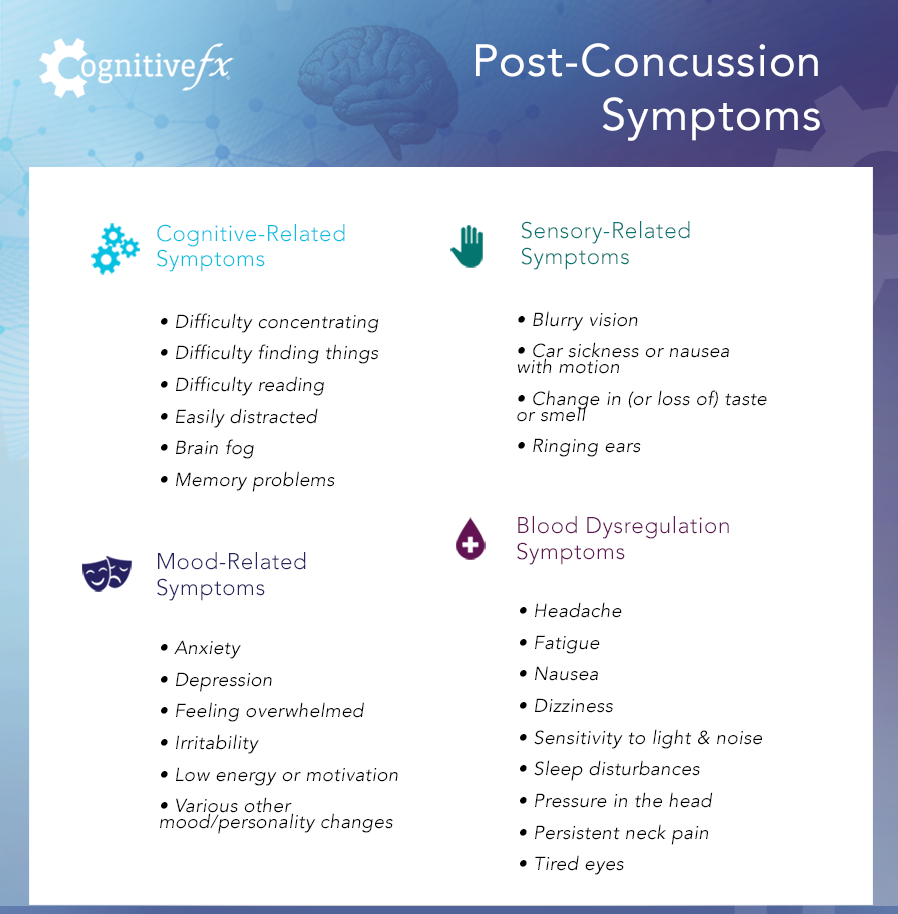
Chronic Traumatic Encephalopathy (CTE) and Concussions
Research has also linked repeated concussions to Chronic Traumatic Encephalopathy (CTE), a degenerative brain disease found in athletes, military veterans, and others with a history of repetitive brain trauma. This condition can lead to cognitive impairment, behavioral changes, and even dementia.
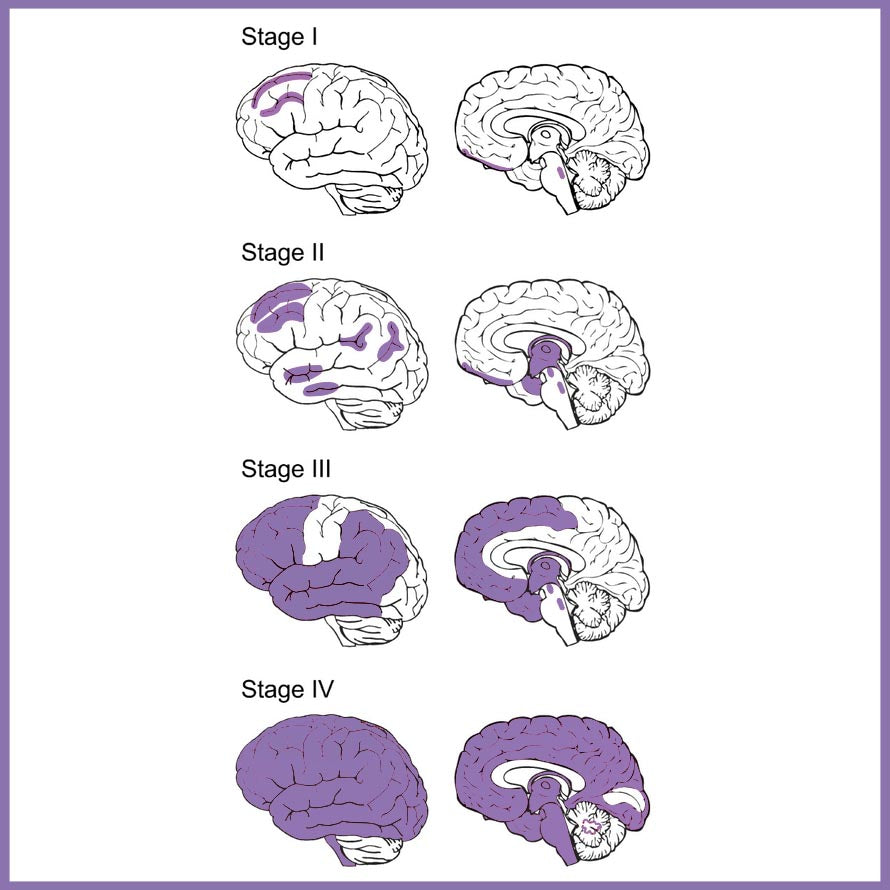
The Importance of Monitoring and Managing Long-Term Effects
Proper monitoring and management of concussions are essential to mitigate these long-term effects. Medical professionals play a crucial role in diagnosing concussions, advising on recovery strategies, and assessing potential long-term effects. Preventive measures, such as wearing appropriate protective gear in sports, can also help reduce the risk of concussions and their long-term effects.
Prevention and Safety Measures to Prevent Concussion
While concussions are an inherent risk in many physical activities, a strategic approach involving protective gear and safe play can significantly reduce this risk. Protective gear such as helmets and mouthguards play a crucial role in absorbing the impact, thus lessening the chance of a concussion. Furthermore, promoting safe play in sports, including proper techniques and respecting rules, can prevent dangerous situations leading to head injuries.
The Crucial Role of Education and Awareness
Education and awareness about concussions are paramount. Understanding the symptoms, causes, and treatments can empower players, coaches, and parents to recognize a concussion and seek immediate medical help. Knowledge about concussion is a powerful tool in prevention.
Current Policies and Regulations
Current policies and regulations are geared towards reducing the incidence of concussions, especially in youth sports. These laws typically involve mandatory concussion education for coaches and stricter return-to-play protocols.
Current Research Trends in Concussion
Recent years have seen an escalation in research focusing on concussion, an often under-diagnosed brain injury. The primary focus is on early detection, accurate diagnostics, and the long-term impacts of repeated concussions.
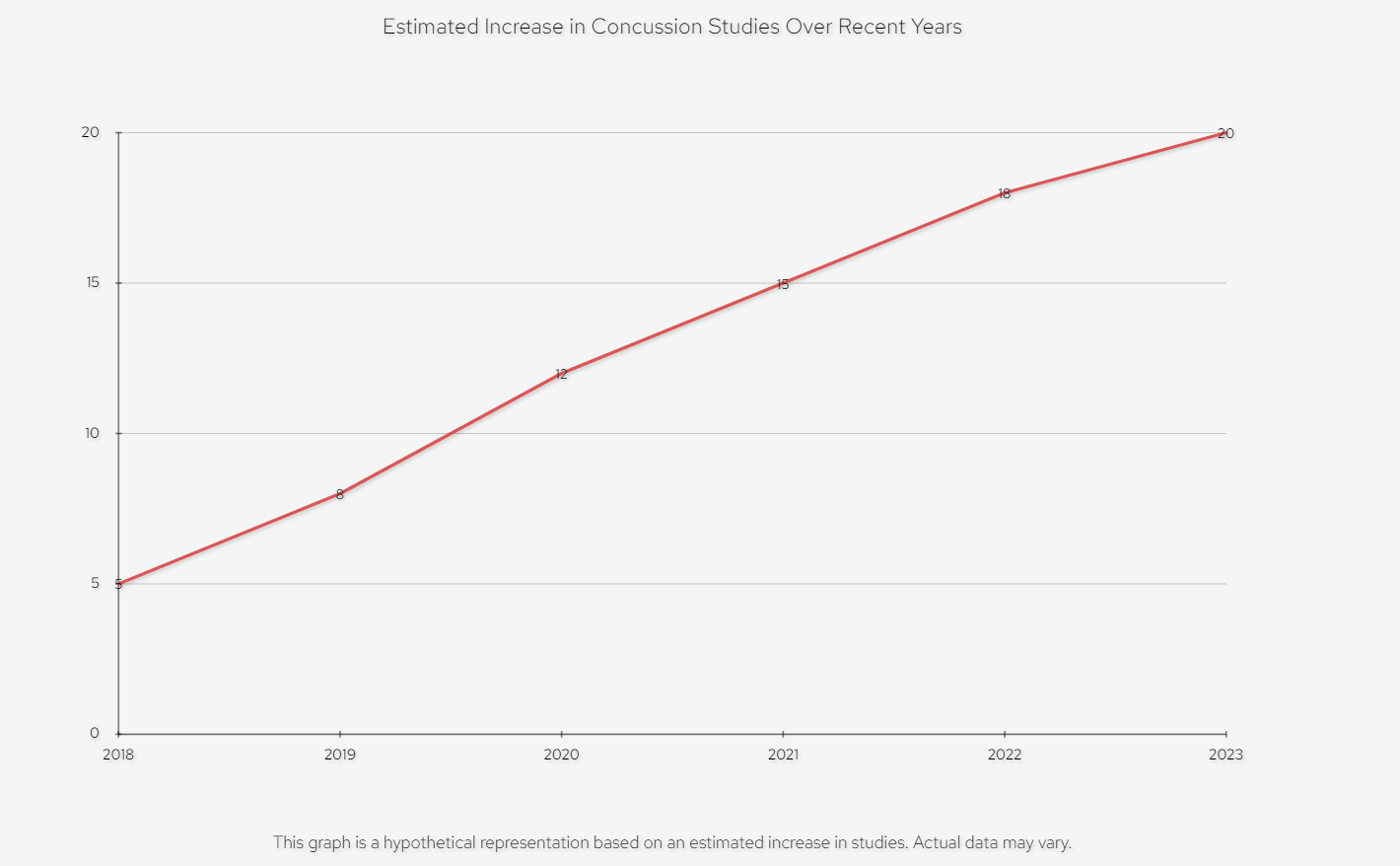
Potential Future Treatments and Prevention Strategies
Future research is eyeing advanced neuroimaging techniques and biomarkers to detect concussions and monitor recovery. Additionally, strategies such as protective headgear and enforcing stricter sports safety rules are being evaluated for their potential to prevent concussions.
The Imperative of Continued Research
The CDC acknowledges that understanding concussion is crucial for developing effective treatments and prevention measures. As such, continued research in this area is of paramount importance.

Dr. Martha Pyron is a recognized sports medicine physician and the founder of Medicine in Motion, an Austin-based practice specializing in comprehensive medical care for active individuals and athletes. An active contributor to her field, she uses her extensive experience as a former collegiate athlete to aid her patients and develop innovative care strategies. Beyond her clinical practice, Dr. Pyron is known for her involvement in the local athletic community and her commitment to promoting health and fitness.


